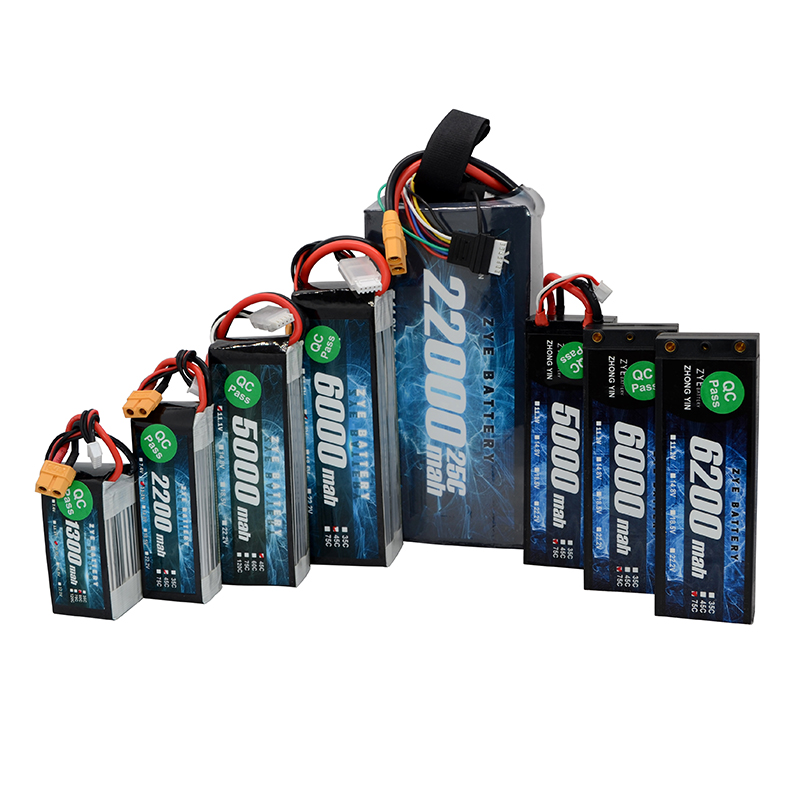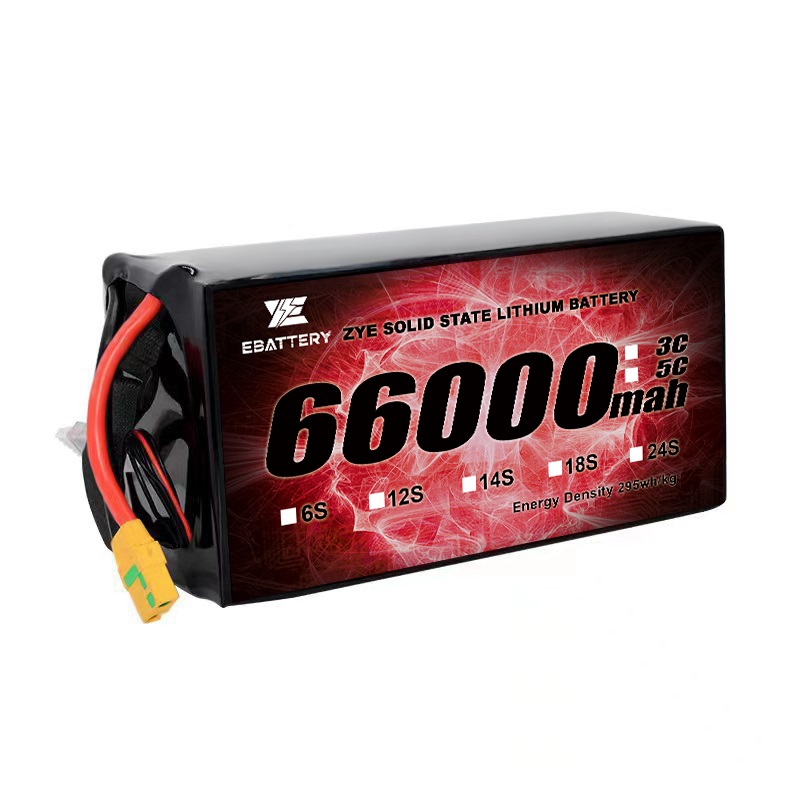Safe Drone Battery Storage: Do’s and Don’ts
As drone enthusiasts, we know that proper battery care is crucial for both performance and safety. Storing your drone battery correctly can significantly extend its lifespan and prevent potential hazards. In this comprehensive guide, we'll explore the best practices for safe drone battery storage, covering everything from ideal charge levels to temperature considerations and fireproof solutions.
What's the ideal charge level for storing drone batteries?
One of the most common questions drone pilots ask is about the optimal charge level for storing their batteries. The answer might surprise you – it's not fully charged or completely drained, but somewhere in between.
The 40-60% sweet spot
The optimal charge range for storing drone batteries is between 40% and 60%. This middle ground is ideal because it helps reduce stress on the battery cells, preserving their health and longevity. Storing batteries at full charge, especially for extended periods, can accelerate the aging process, leading to a decrease in battery capacity over time. On the other hand, letting batteries discharge completely can result in issues where they fail to hold a charge when needed. By keeping your battery within this 40-60% range, you’ll help maintain its performance and avoid unnecessary wear.
Regular maintenance checks
Even when stored at the ideal charge level, drone batteries still require some attention. To ensure they stay in top condition, it’s important to check the charge level every 2-3 months. If the charge has dropped below 40%, simply recharge it to fall within the recommended range. Making this a routine habit can greatly extend the overall lifespan of your battery, ensuring it’s ready to perform when you need it most. Regular maintenance will help you get the most out of your drone’s power source and prevent unexpected battery issues.
How temperature affects battery storage lifespan
Temperature plays a crucial role in the longevity and performance of your drone's power source. Both extreme heat and cold can have detrimental effects on battery health.
The Goldilocks zone for battery storage
The best temperature range for storing drone batteries is between 15°C and 25°C (59°F to 77°F). This range, often referred to as the "Goldilocks zone," is ideal because it prevents the chemical degradation of the battery cells. In this temperature range, the battery’s capacity and overall health are preserved, allowing it to perform efficiently over time. Storing batteries in a too-cold or too-hot environment can lead to irreversible damage, so maintaining this moderate temperature is key.
Avoiding temperature extremes
Extreme temperatures can significantly harm drone batteries. High heat accelerates chemical reactions inside the battery, causing faster degradation, reduced capacity, and in some cases, battery swelling. Conversely, extremely cold temperatures can cause the electrolyte inside the battery to freeze, which can permanently damage the battery's internal structure. To prevent such damage, avoid storing your drone batteries in direct sunlight, near heat sources, or in uninsulated areas that are subject to temperature fluctuations.
Acclimating batteries before use
If your batteries have been stored in a cold environment, it’s important to allow them to reach room temperature before using them. Cold batteries tend to perform poorly, leading to reduced flight times and diminished performance. Likewise, if the batteries have been exposed to high temperatures, give them time to cool down before charging or using them in your drone. Taking these simple steps helps protect the battery and ensures optimal performance when you take your drone for a flight.

Fireproof storage solutions for LiPo drone batteries
Lithium Polymer (LiPo) batteries, while excellent for drone applications due to their high energy density, come with inherent fire risks. Implementing proper fireproof storage solutions is essential for safety.
LiPo-safe bags: Your first line of defense
Investing in high-quality LiPo-safe bags is a must for any drone enthusiast. These specially designed bags are made from fire-resistant materials that can contain a potential battery fire. When storing or transporting your drone battery, always use a LiPo-safe bag for an extra layer of protection.
Fireproof safes and ammo boxes
For those with multiple batteries or looking for additional peace of mind, consider using a fireproof safe or an ammo box. These sturdy containers offer excellent protection against battery fires and can safely contain any thermal events. Ensure the container has some ventilation to prevent pressure build-up in case of a battery failure.
Creating a dedicated storage area
Designate a specific area in your home for battery storage, away from flammable materials and living spaces. This area should be cool, dry, and well-ventilated. Consider installing a smoke detector nearby for early warning in case of any issues.
Regular inspection routine
Implement a regular inspection routine for your drone batteries. Look for signs of damage, swelling, or deformation. If you notice any of these issues, safely dispose of the battery immediately. Never attempt to use a damaged or swollen battery, as it poses a significant fire risk.
Conclusion
Proper storage of your drone battery is not just about maintaining performance – it's a critical safety measure. By following these guidelines on charge levels, temperature control, and fireproof storage solutions, you can significantly extend the life of your batteries and reduce the risk of accidents.
Remember, investing in quality storage solutions and developing good battery care habits will pay off in the long run, both in terms of safety and the longevity of your drone equipment.
For top-quality drone batteries and expert advice on battery care, look no further than Ebattery. Our range of high-performance batteries and storage solutions will keep your drone flying safely for years to come. Contact us at cathy@zyepower.com for more information on our products and services.
References
1. Johnson, A. (2022). "The Complete Guide to Drone Battery Safety and Storage." Drone Technology Review, 15(3), 78-92.
2. Smith, B. & Thompson, C. (2023). "Temperature Effects on Lithium Polymer Battery Longevity in UAV Applications." Journal of Unmanned Aerial Systems, 8(2), 145-159.
3. Lee, S. et al. (2021). "Fireproof Storage Methods for Lithium Polymer Batteries: A Comparative Study." International Journal of Battery Safety, 12(4), 302-318.
4. Williams, D. (2023). "Optimizing Drone Battery Storage for Extended Lifespan." Proceedings of the 10th Annual Drone Technology Conference, 87-101.
5. Chen, H. & Patel, R. (2022). "Best Practices in LiPo Battery Management for Consumer Drones." Advances in Unmanned Aerial Vehicle Technology, 6(1), 55-70.
























































